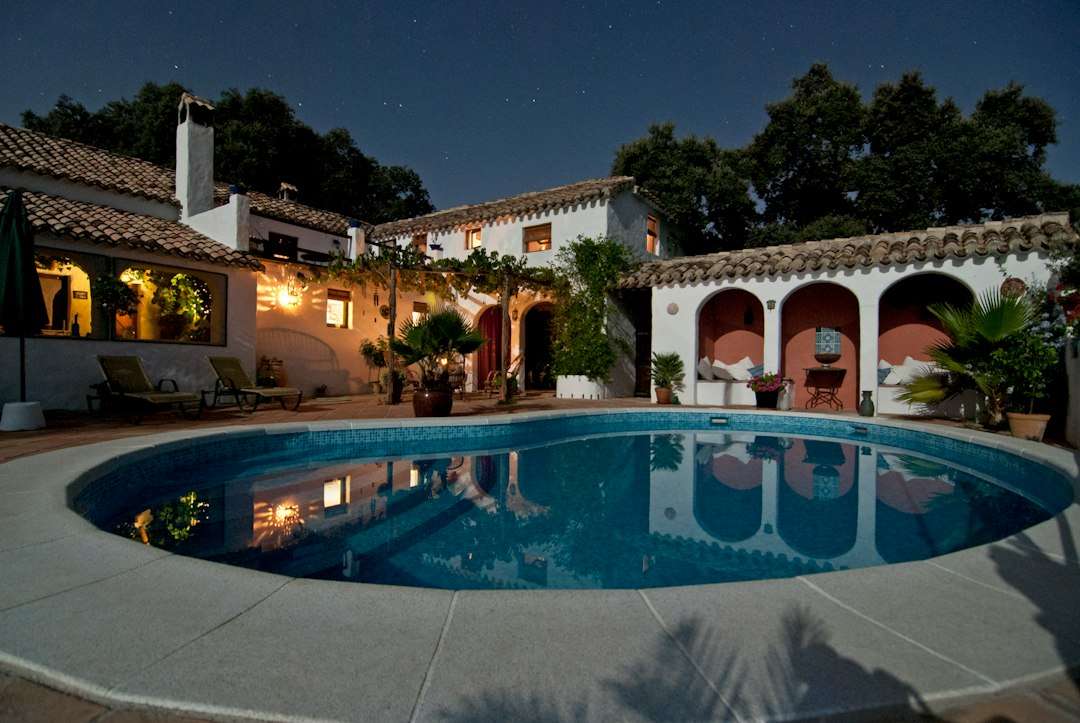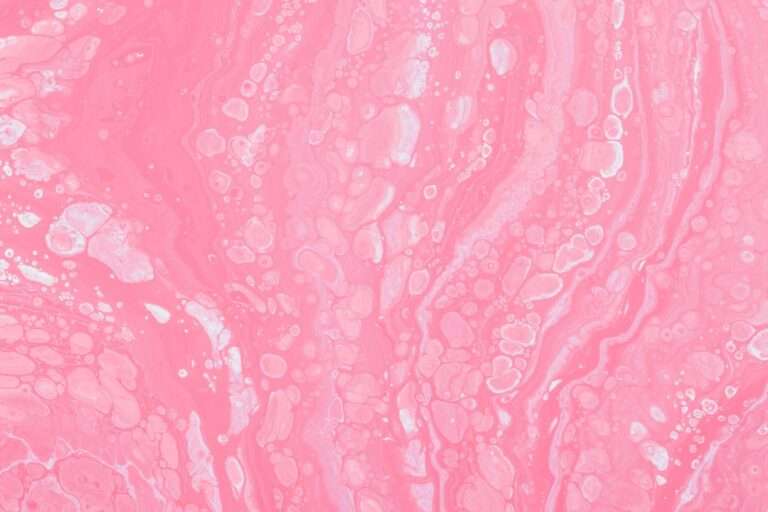Using Symbolism in Home Decor and Furnishings

Color plays a crucial role in home decor. It has the power to transform a space, evoke emotions, and create a specific atmosphere. Whether you’re looking to create a cozy and inviting living room or a serene and calming bedroom, understanding the psychology of color can help you achieve your desired effect. In this article, we will explore the different colors and their meanings in home decor, as well as provide tips and ideas for incorporating them into your own design.
Understanding the Psychology of Color
Colors have the ability to influence our mood and emotions. They can evoke feelings of happiness, calmness, excitement, or even sadness. This is why it’s important to choose colors carefully when designing your home. Color theory is a concept that explores the relationships between colors and how they can be used to create harmony or contrast in a space.
Warm colors such as red, orange, and yellow are known to stimulate energy and create a sense of warmth and coziness. These colors are often used in living rooms or dining areas to create an inviting atmosphere. On the other hand, cool colors like blue, green, and purple have a calming effect and can promote relaxation. These colors are often used in bedrooms or bathrooms to create a serene environment.
The Symbolic Meaning of Red in Home Decor
Red is a bold and powerful color that symbolizes passion, energy, and warmth. It is often associated with love and romance. In home decor, red can be used as an accent color to add a pop of excitement to a space. An accent wall painted in a deep shade of red can create a focal point in a living room or bedroom. Red statement pieces such as a vibrant red sofa or chair can also add drama and personality to a space.
The Calming Effect of Blue in Furnishings
Blue is known for its calming effect on the mind and body. It is often associated with tranquility and relaxation. In home decor, blue can be used to create a serene and peaceful environment. Soft shades of blue can be used in bedrooms to promote restful sleep. Blue bedding, curtains, and rugs can create a soothing atmosphere. For a bolder look, navy blue can be used as an accent color in living rooms or dining areas.
Using Green to Create a Relaxing Atmosphere
Green is often associated with nature and has a soothing effect on the eyes. It symbolizes growth, renewal, and harmony. In home decor, green can be used to create a relaxing and refreshing atmosphere. Indoor plants are a great way to incorporate green into your home decor. They not only add color but also purify the air and create a sense of tranquility. Green accent pieces such as throw pillows or artwork can also add a pop of color to a space.
The Power of Yellow in Home Decor

Yellow is a bright and cheerful color that symbolizes happiness and optimism. It is often associated with sunshine and warmth. In home decor, yellow can be used to create a welcoming and uplifting atmosphere. Yellow throw pillows or curtains can add a burst of color to a neutral space. Artwork or decorative objects in shades of yellow can also create a focal point in a room.
Decorating with Purple: The Color of Royalty
Purple is often associated with luxury, royalty, and creativity. It is a rich and regal color that adds depth and sophistication to a space. In home decor, purple can be used to create an elegant and glamorous atmosphere. Purple bedding or rugs can add a touch of luxury to a bedroom. Accent pieces such as vases or lamps in shades of purple can also add drama and personality to a space.
The Versatility of Black and White in Home Design
Black and white are classic colors that never go out of style. They create a timeless and sophisticated look. In home decor, black and white can be used to create a clean and minimalist aesthetic. Black and white patterned textiles such as curtains or throw pillows can add visual interest to a space. Black and white accent pieces such as vases or picture frames can also create a focal point in a room.
Incorporating Metallics into Your Color Scheme
Metallics such as gold, silver, and copper can add glamour and sophistication to a space. They reflect light and create a sense of luxury. In home decor, metallics can be used as accents to add a touch of elegance to a room. Metallic lighting fixtures or decorative objects can create a focal point in a living room or dining area. Mirrors with metallic frames can also add depth and visual interest to a space.
The Importance of Color Coordination in Home Decor
Coordinating colors is essential in creating a cohesive and polished look in home decor. When choosing a color scheme, it’s important to consider the overall mood and atmosphere you want to create in a space. Colors should complement each other and create a harmonious balance. For example, if you want to create a calming bedroom, you might choose shades of blue and green that work well together.
Creating a Colorful and Cozy Home with Textiles
Textiles such as throw blankets, pillows, curtains, and rugs can add color and texture to a space. They can also create a cozy and inviting atmosphere. When choosing textiles for your home decor, consider the color scheme and overall style of the room. Textiles in warm colors such as red or orange can add warmth to a living room or bedroom. Textiles in cool colors such as blue or green can create a calming effect in a space.
Color is an important element in home decor that has the power to transform a space and evoke emotions. By understanding the psychology of color and incorporating it into your design, you can create a home that reflects your personality and creates the desired atmosphere. Whether you choose bold and vibrant colors or soft and soothing hues, color can add depth, personality, and visual interest to your home. So don’t be afraid to experiment with color and create a space that truly feels like home.
If you’re interested in exploring the fascinating world of color symbolism in home decor and furnishings, you might also enjoy delving into the symbolism of the sun. The sun holds immense significance across various cultures and has been associated with concepts such as vitality, enlightenment, and warmth. To learn more about the symbolism of the sun, check out this insightful article: Symbolism of the Sun. Discover how incorporating sun-inspired elements into your home can create a vibrant and uplifting atmosphere.
FAQs
What is color symbolism in home decor and furnishings?
Color symbolism in home decor and furnishings refers to the use of colors to convey certain meanings or emotions in a space. Different colors can evoke different feelings and moods, and can be used to create a specific atmosphere or ambiance in a room.
What are some common color associations in home decor?
Some common color associations in home decor include:
– Red: passion, energy, warmth
– Orange: creativity, enthusiasm, warmth
– Yellow: happiness, optimism, energy
– Green: nature, growth, balance
– Blue: calmness, serenity, trust
– Purple: luxury, creativity, spirituality
– Pink: romance, femininity, sweetness
– Brown: stability, comfort, warmth
– Gray: neutrality, sophistication, calmness
– Black: elegance, power, mystery
– White: purity, cleanliness, simplicity
How can color symbolism be used in home decor?
Color symbolism can be used in home decor in a variety of ways, such as:
– Choosing a color scheme that reflects the desired mood or atmosphere of a room
– Using accent colors to add pops of color and create visual interest
– Incorporating different textures and patterns in the same color family to add depth and dimension to a space
– Using color to highlight architectural features or focal points in a room
– Using color to create a sense of flow and continuity between different areas of a home
Are there any cultural differences in color symbolism?
Yes, there are cultural differences in color symbolism. For example, in Western cultures, white is often associated with purity and cleanliness, while in some Eastern cultures, white is associated with mourning and death. It’s important to consider cultural differences when using color symbolism in home decor, especially if you’re decorating a space for someone from a different cultural background.
Can color symbolism affect mood and behavior?
Yes, color symbolism can affect mood and behavior. Different colors can evoke different emotions and moods, and can even affect physiological responses such as heart rate and blood pressure. For example, studies have shown that blue can have a calming effect on the body, while red can increase heart rate and blood pressure. It’s important to consider the potential effects of color when choosing a color scheme for a room.





